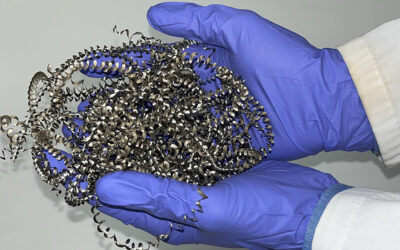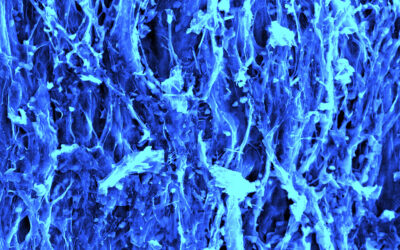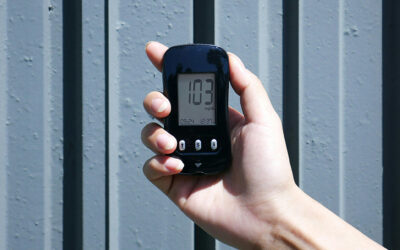Imagine a wearable electronic device that relies neither on batteries or a wall outlet but a sustainable power source—mechanical energy. Such a device could be powered by wind, the pressure of sound waves, or human motion. Inorganic piezoelectric materials are up to this task, but making the materials flexible without decreasing their performance requires new composite materials.
In their article featured in Small, Professor Jinyou Shao, Ningli An, and co-workers, fabricate a high-performance, flexible piezoelectric nanogenerator that relies on a nanocomposite micropillar array to convert mechanical energy into electricity that can power a variety of devices.
The nanocomposite’s peak output voltage of 13.2 V at an average current density of 0.33 µA cm-2 is more than 7-fold better than what is achievable using poly(vinylidene fluoride-trifluoroethylene) flat film.
When exposed to vibration, the device can steadily drive a watch and supply power to a music player or to an LED array. Repeatedly bending the device by hand can power a 4-bit LCD.
The nanogenerator also acts as a self-powered sensor for air flow (created by a syringe), by turning it into an electrical signal. Attaching the device to the chest allows for the detection of differences in speed and depth of distinct breathing patterns.
To learn more about this flexible piezoelectric nanogenerator, please visit the Small homepage.

















